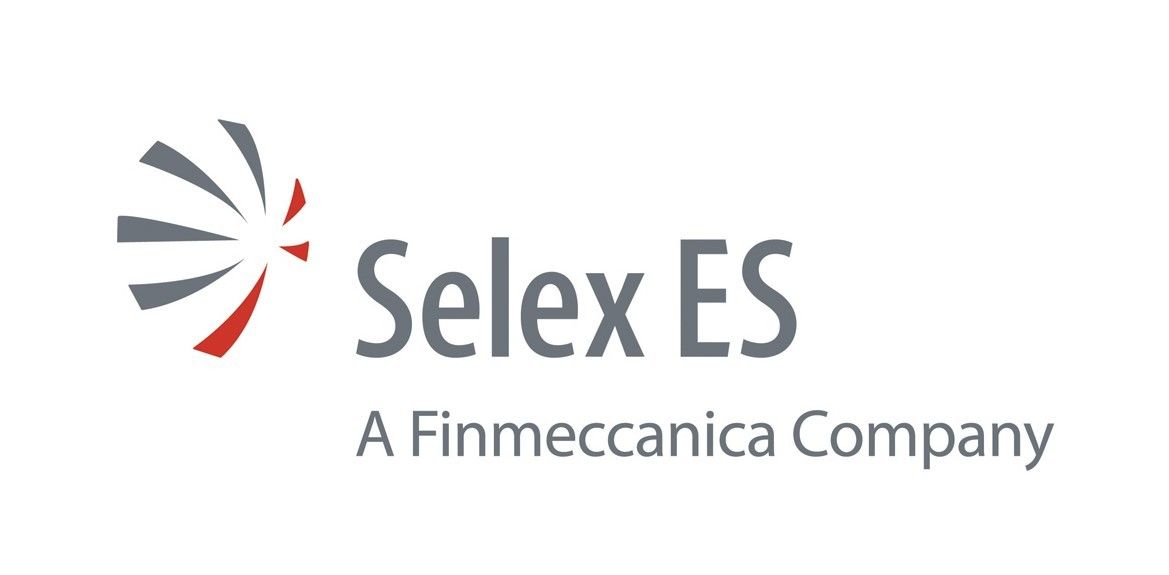
-
StatusCompleted
-
Status date2016-02-29
-
Activity Code4C.031
The project is aimed to address HW and SW solutions that, without impacting the Star Tracking functions and the products’ heritage, would extend the maximum angular rate magnitude at which at least a first, non-continuous and coarse, rate determination based on star sensing might be still performed.
This mode could be either added to the already existing “high rate mode”, implemented into the presently available star trackers, or replacing it by providing comparable performance at lower angular rates but enhancing the angular rate dynamics, even if with lower accuracy and without measurements’ continuity when operating at higher rates.
System architecture
Both types of systems share the same optics and the same detector.
The project is divided in three phases.
In the Phase 1 a preliminary algorithm design and baselines definition is carried out starting from an analysis of the star detection limits. Then a survey and study of the main angular rate algorithms is carried out and traded off according to specific metrics.
Phase 2 is devoted to detailed design and definition of the algorithms and update of the currently available high fidelity star tracker simulator to include the baselined high rate algorithms.
Finally, a full simulation campaign is performed in phase 3 with performance assessment and conclusions.
The project was successfully completed.
The massive test campaign performed in the frame of this study has showed that a new dedicated operative mode, named HARM (High Angular Rate Mode) can be implemented in the application SW of the SES STR.
The HARM will allow to provide reliable angular rate information with no a priori information and in a wide range of spacecraft rates, up to 25 deg/sec
The proposed algorithms are considered fully suitable to cope with the typical requirement (15 deg/sec), received from most of the potential future users (the satellite AOCS manufacturers) of this novel star tracker feature.
The execution of the algorithms is compatible with STR HW, both in terms of needed memory and time execution
The Multi-Head configuration has showed to work fine without the need to introduce complicate image processing algorithms due to:
- increased sky coverage ensured by multiple explored FOV
- mutual Head misalignment increasing the probability to have at least 1 Head in “good conditions”, i.e. having angular rate unit vector not too far from Head boresight
EOL conditions can be managed with small reduction of performance.
The algorithm can be further improved to achieve stronger SEU robustness introducing filters on threshold, geometry and cluster density.
An improvement on the multi-head configuration can be also foreseen through use of fused data, filtering and weights selection.


